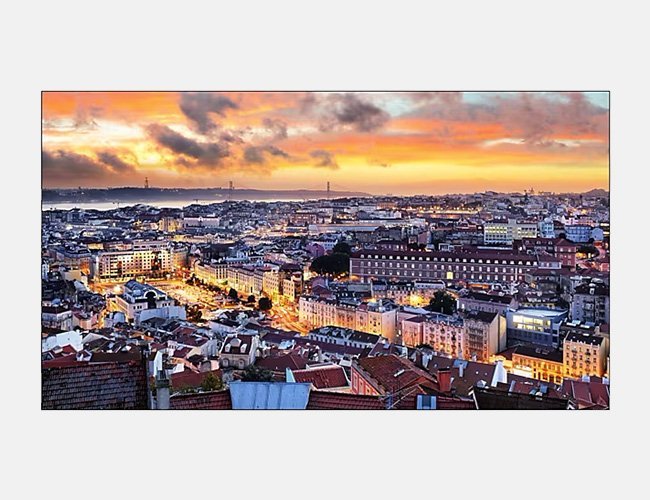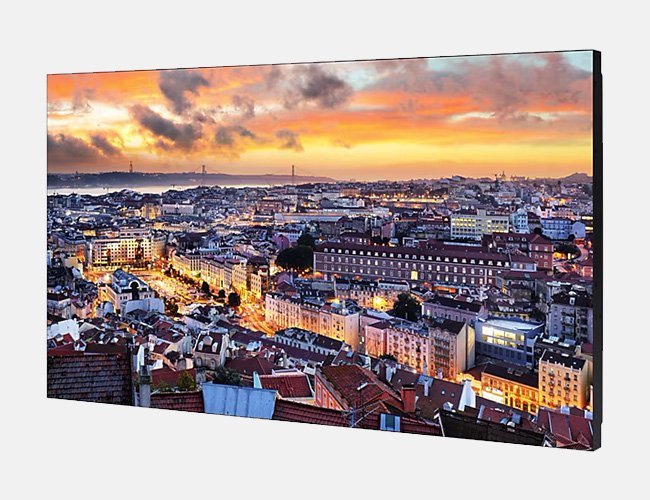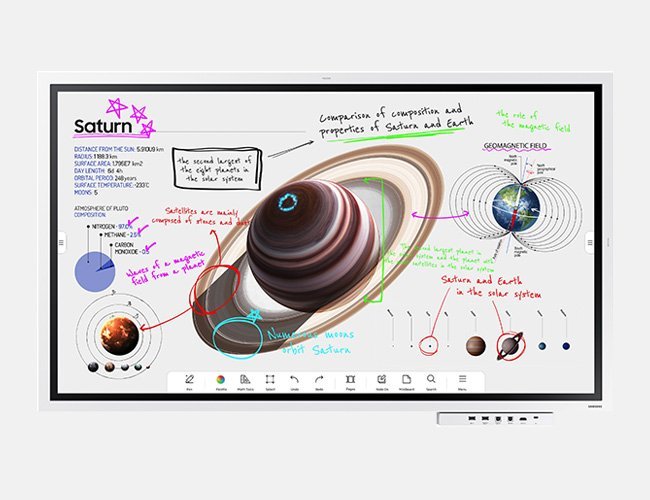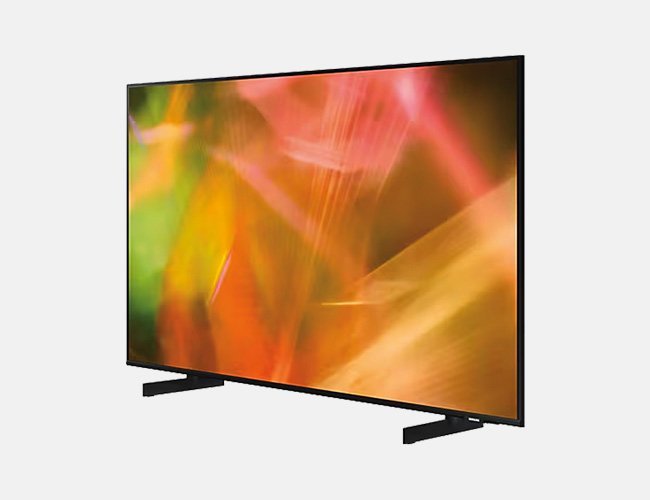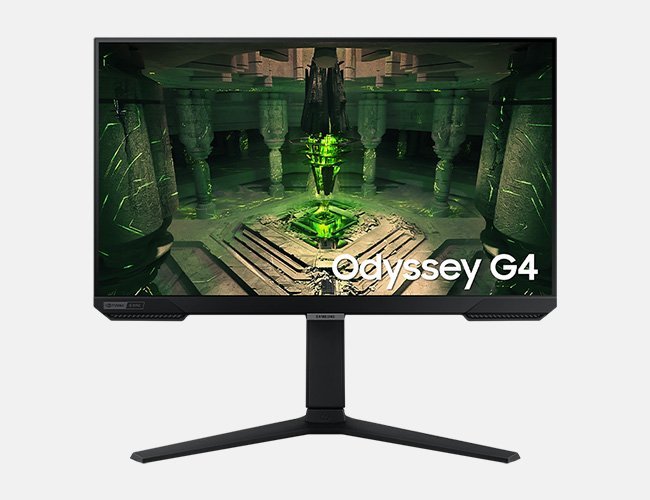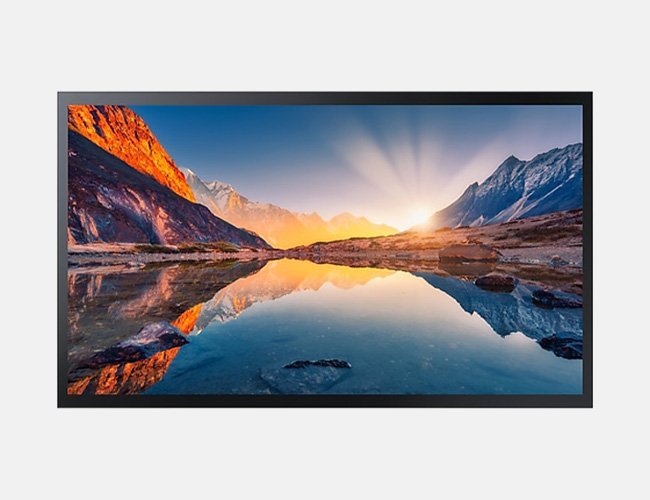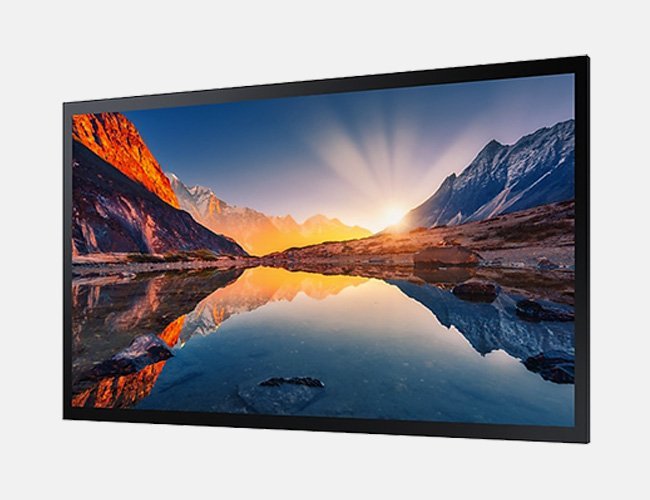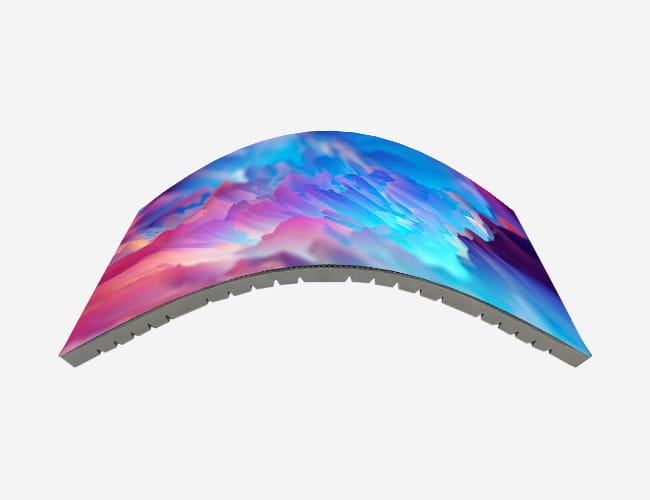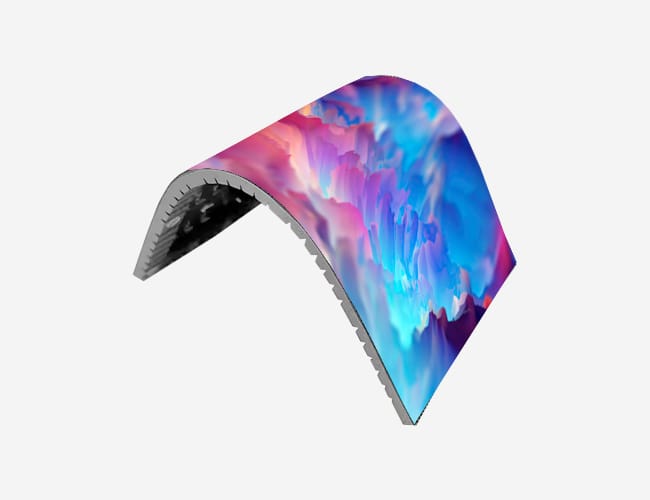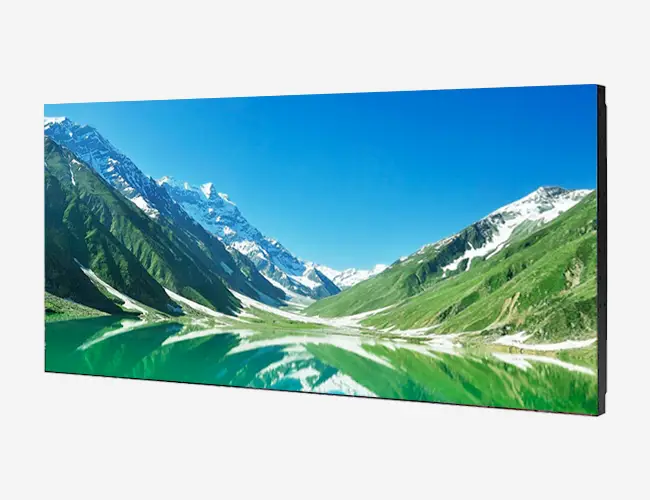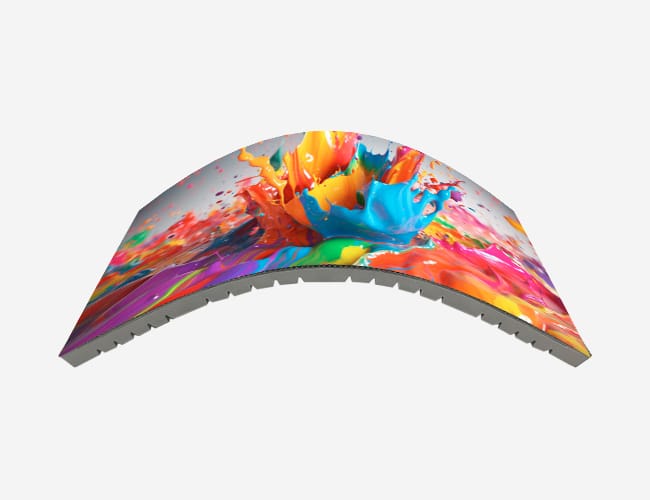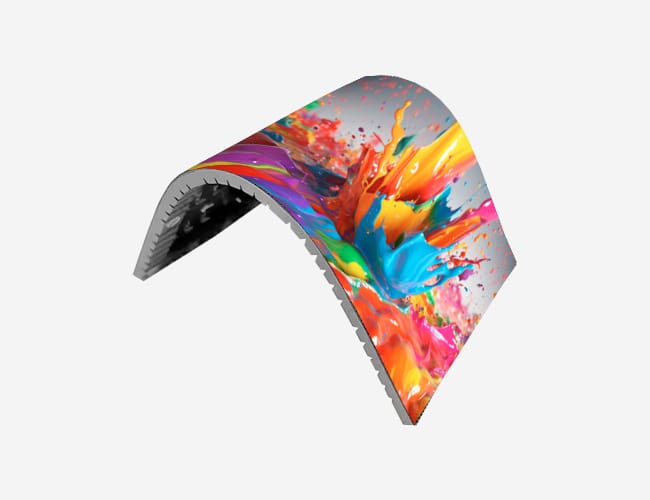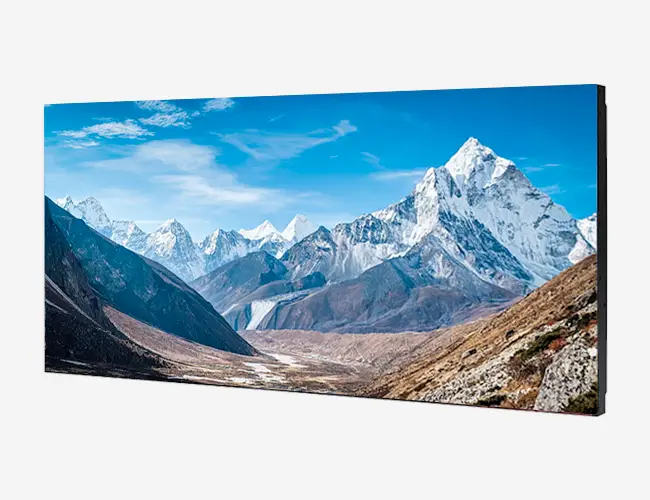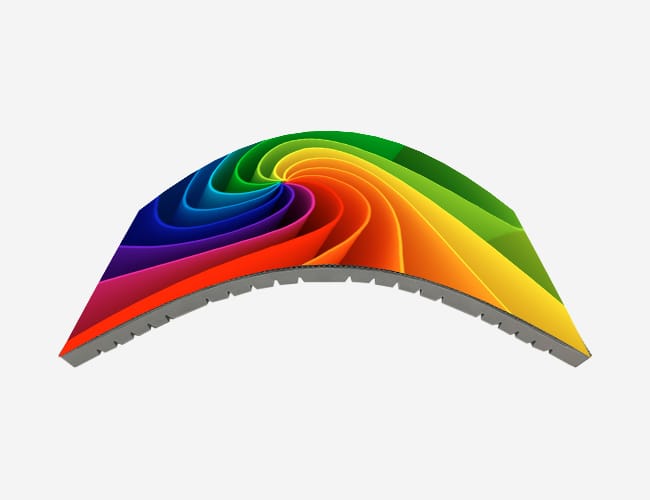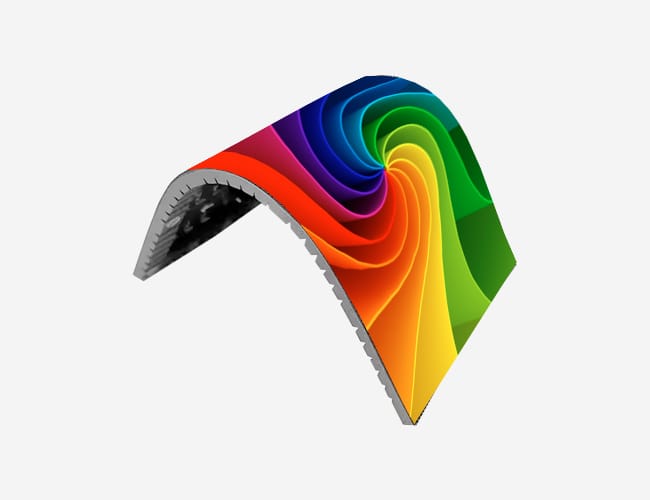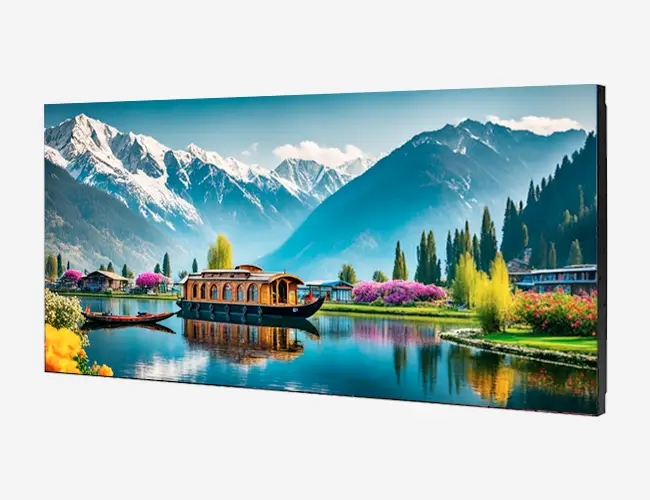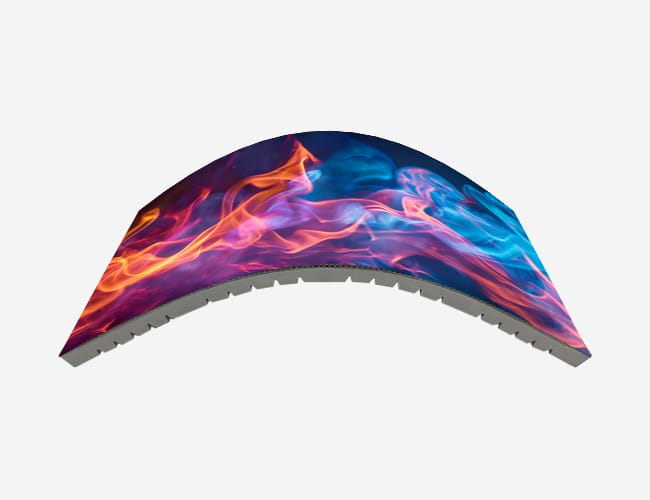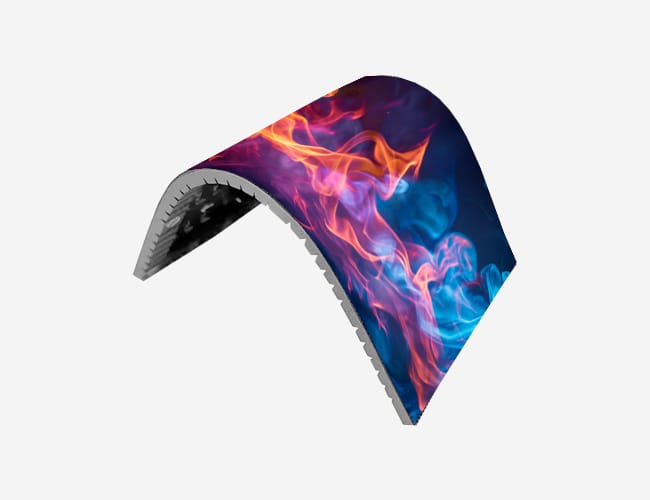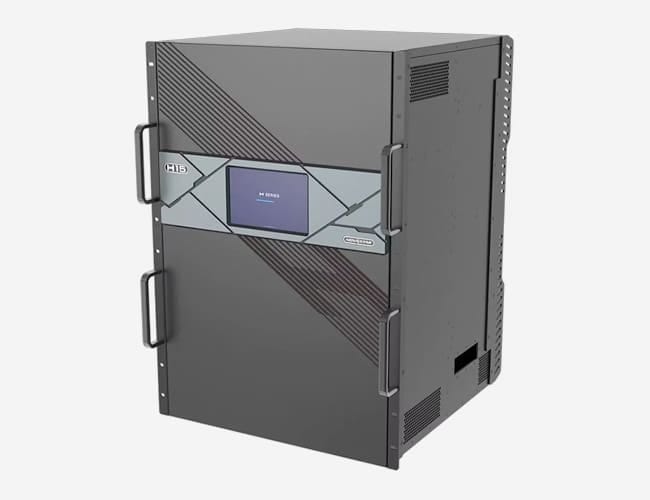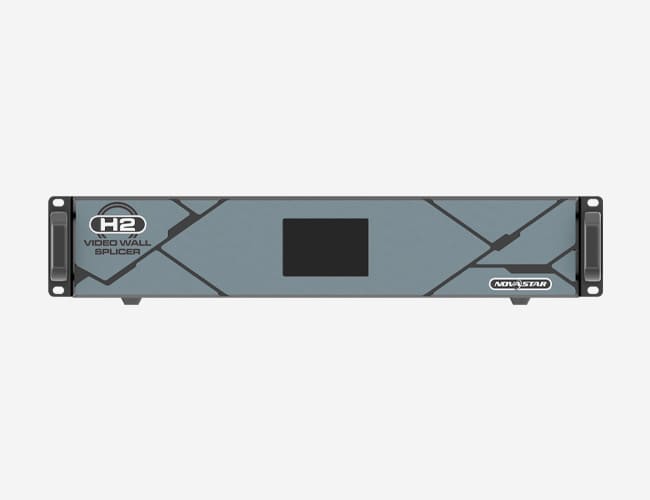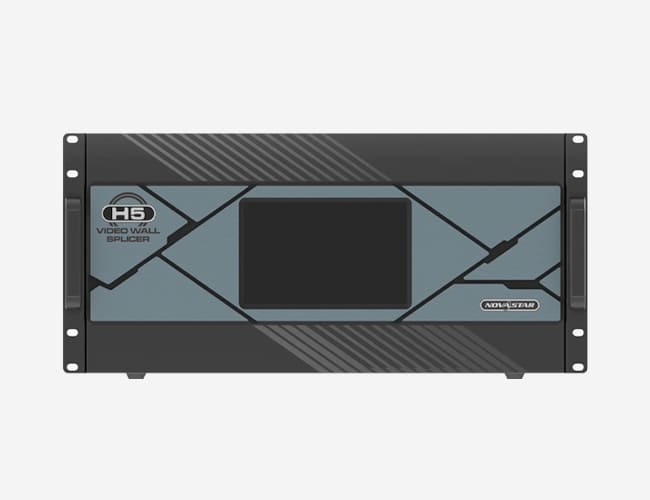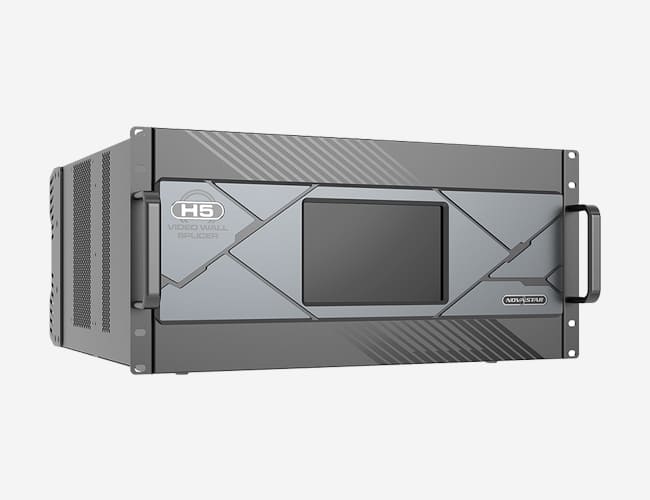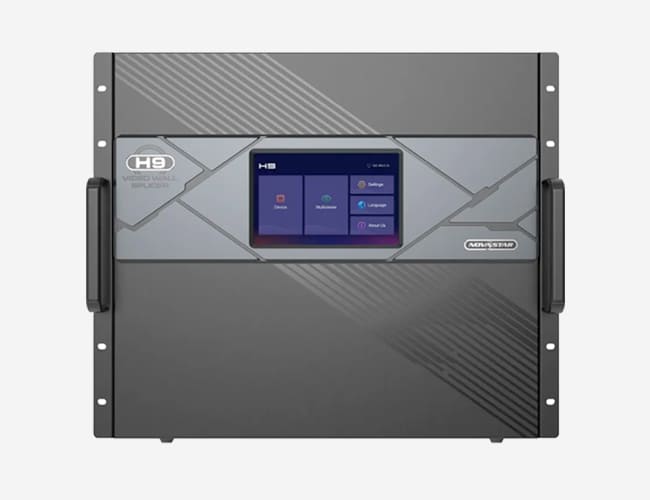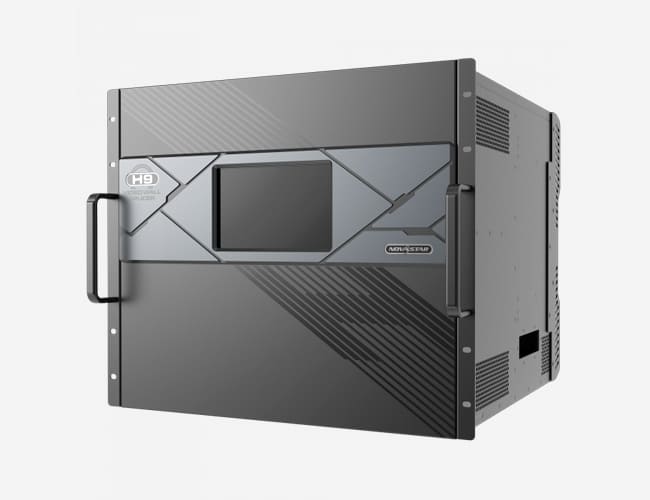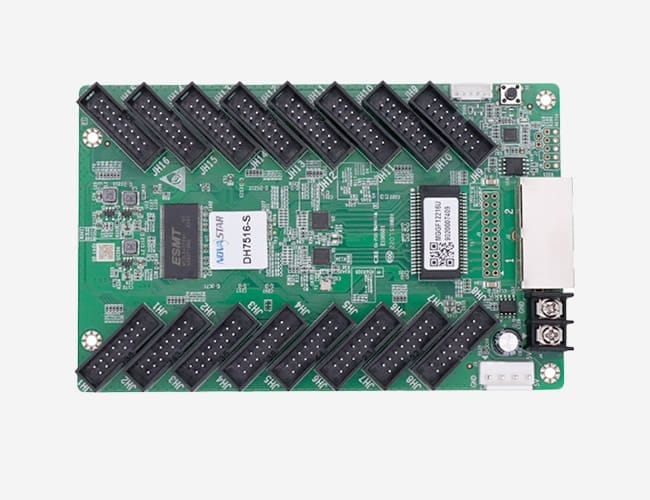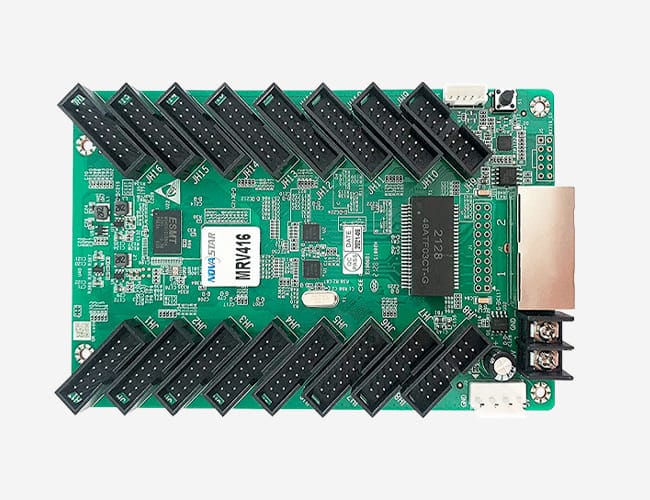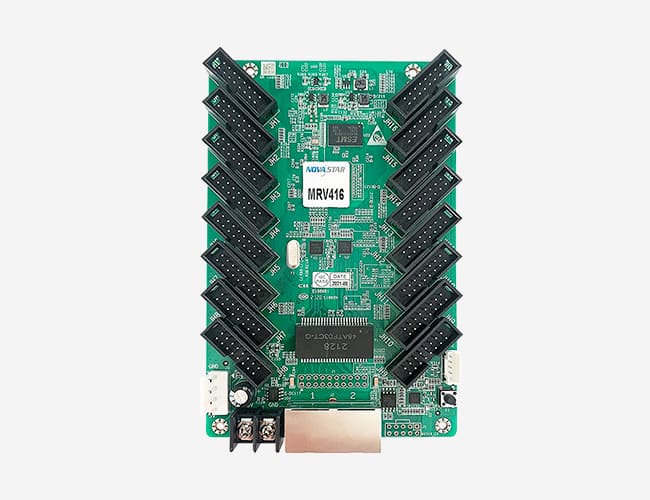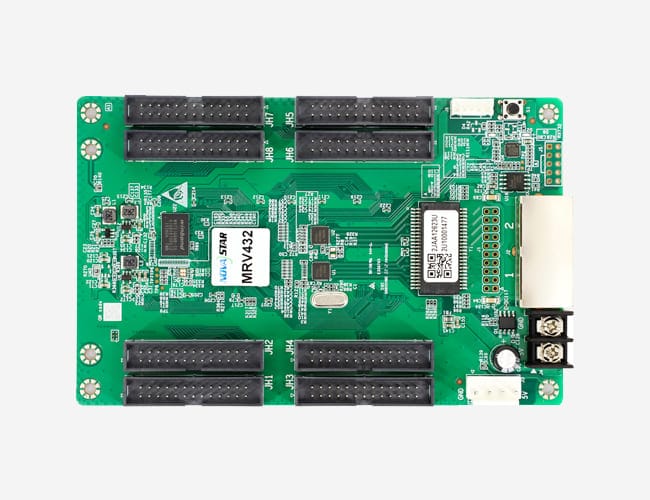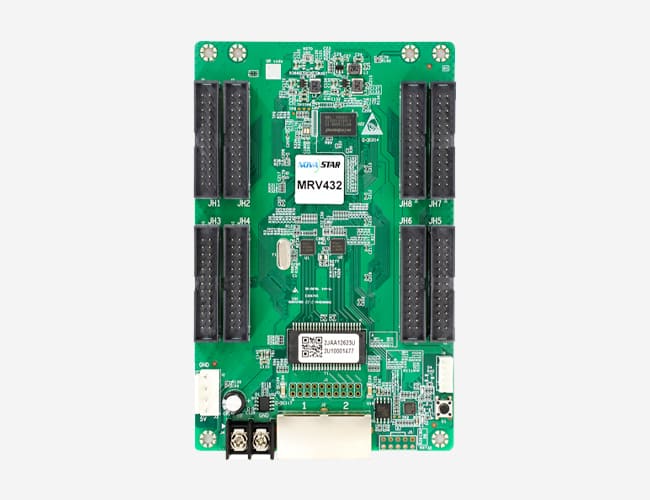- Samsung
34″ Odyssey G55T Samsung Gaming Monitor
₨ 175,000Original price was: ₨ 175,000.₨ 125,999Current price is: ₨ 125,999.Rated 5.00 out of 5Select options This product has multiple variants. The options may be chosen on the product page49″ Odyssey G93SC Samsung Gaming Monitor
₨ 410,000Original price was: ₨ 410,000.₨ 339,999Current price is: ₨ 339,999.Select options This product has multiple variants. The options may be chosen on the product page55″ VHC-R Samsung Video Wall
₨ 950,000Select options This product has multiple variants. The options may be chosen on the product page55″ VHR-R Samsung Video Wall
₨ 792,000Select options This product has multiple variants. The options may be chosen on the product pageFlip Pro WMB Samsung Interactive Screen
₨ 528,000 – ₨ 1,142,000Price range: ₨ 528,000 through ₨ 1,142,000Select options This product has multiple variants. The options may be chosen on the product pageHAU8000 Samsung Hotel TV
₨ 342,000 – ₨ 450,000Price range: ₨ 342,000 through ₨ 450,000(MOQ for Hotel TV is 100 units)- HDR
- 4K Resolution
- AirSlim Display
- Samsung TV Plus
- Samsung LYNK™ Cloud
- H.Browser Compatibility
Select options This product has multiple variants. The options may be chosen on the product pageOdyssey G40B Samsung Gaming Monitor
₨ 89,000Original price was: ₨ 89,000.₨ 80,999Current price is: ₨ 80,999.Select options This product has multiple variants. The options may be chosen on the product pageQBC Samsung Digital Signage
₨ 198,000 – ₨ 2,310,000Price range: ₨ 198,000 through ₨ 2,310,000Select options This product has multiple variants. The options may be chosen on the product pageQHC Samsung Digital Signage
₨ 290,500 – ₨ 316,000Price range: ₨ 290,500 through ₨ 316,000Select options This product has multiple variants. The options may be chosen on the product pageQMB-T Samsung Touch Display
₨ 647,000Select options This product has multiple variants. The options may be chosen on the product pageQMC Samsung Digital Signage
₨ 178,500 – ₨ 2,310,000Price range: ₨ 178,500 through ₨ 2,310,000Select options This product has multiple variants. The options may be chosen on the product pageView Finity S7 Samsung High Resolution Monitor
₨ 135,000Original price was: ₨ 135,000.₨ 124,999Current price is: ₨ 124,999.Select options This product has multiple variants. The options may be chosen on the product page - SMD Screens
P1.5 Indoor Flexible SMD Screens
₨ 85,000P1.8 Indoor SMD Screen
₨ 52,000P10 Outdoor SMD Screen
₨ 17,000P3 Outdoor SMD Screen
₨ 40,000 - Controllers
SMD Sending Card
SMD Dual Mode Multimedia Controllers
SMD Sending Card & Video Processor
H-16xRJ45 2xFiber Output Card
₨ 720,000H-20xRJ45 Output Card
₨ 830,000H-2xRJ45 IP Input Card
₨ 990,000H-4xHDMI Input Card
₨ 370,000H-4xHDMI Output Card
₨ 370,000H15 Sending Card and Video Processor
₨ 0H2 Sending Card and Video Processor
₨ 380,000H5 Sending Card and Video Processor
₨ 940,000H9 Sending Card and Video Processor
₨ 1,260,000MCTRL 4K Sending Card
₨ 0 - Receiving Cards
DH7516-S Receiving Card
₨ 7,500MRV416 Receiving Card
₨ 7,500MRV432 Receiving Card
₨ 8,600
What Is Pixel Pitch and Why Does It Matter for LED Screens
Have you ever thought about what makes an LED screen a perfect choice for outdoor or indoor environments? Can an outdoor screen be used indoors? Interestingly, pixel pitch is the factor that decides the placement of these screens. LED screen users often get confused about the term pixel pitch.
Sounds technical? Don’t worry, it’s not rocket science. By the end of this blog, you will know exactly what pixel pitch means and why it’s one of the most important specs to check when buying or renting an LED screen.
What is Pixel Pitch?
Pixel Pitch is the distance (in millimeters) between the center of one LED cluster (or pixel) to the center of the next. In simple terms, it’s how tightly packed the pixels are on an LED screen.
The smaller the number, the closer the pixels are to each other. The closer the pixels, the sharper the image. That’s because your eyes can’t see the tiny gaps between them.
For example:
- A screen with a pixel pitch of 1.5mm has pixels very close together.
- A screen with a pixel pitch of 8mm has pixels spaced farther apart.
If you are here to find out what Pixel Pitch would be good for your needs, contact Meeram Store. We have a plethora of different LED screens for different environments (both indoor and outdoor).
Also Read: The Ultimate Guide to Choosing Indoor vs Outdoor SMD Screens
Why Does Pixel Pitch Matter?
Pixel pitch affects two big things:
- Viewing Distance
- Image Quality
Let’s make it simpler to understand.
1. Viewing Distance
This is where pixel pitch becomes super important.
The general rule:
Smaller pixel pitch = better for close viewing
Larger pixel pitch = better for distant viewing
If you are standing just a few feet away from a screen (like in a control room or retail store), you need a low pixel pitch—around 1.2mm to 2.5mm. That way, the picture stays sharp even when you are up close.
But for outdoor billboards where people are viewing from 20+ feet away, a pitch of 6mm, 8mm, or more works just fine.
Why Use a Higher Pixel Pitch for Outdoor Displays?
As per our customers’ concern, this is the most asked question regarding pixel pitch. Here’s the answer. Because you don’t need ultra-fine detail when people are far away. Also, smaller pixel pitches are more expensive.
2. Image Quality
Lower pixel pitch usually means:
- Higher resolution
- Smoother images
- Better color blending
- Less pixelation
If you are showcasing HD videos, graphics, or text that needs to be read clearly, then a finer pitch will make a big difference.
But remember, image quality and viewing distance go hand in hand. A super high-res screen isn’t useful if no one is standing close enough to notice it.
How to Choose the Right Pixel Pitch
Here are a few basic guidelines to help you pick the right one for a specific place:
- For an Indoor retail store, the ideal pixel pitch lies between 1.5mm – 2.5mm
- For Meeting rooms, the ideal pixel pitch lies between 1.2mm – 2.0mm
- For Control rooms, the ideal pixel pitch lies between 0.9mm – 1.5mm
- For Shopping malls, the ideal pixel pitch lies between 2.5mm – 4.0mm
- For Outdoor advertising, the ideal pixel pitch lies between 6mm – 10mm
- For Stadium displays, the ideal pixel pitch lies between 10mm – 16mm
If you are ever unsure, ask yourself. How Close Will my Audience be to the Screen? That one question can narrow down your options fast.
The Price Factor
Let’s be real—cost matters.
And yes, smaller pixel pitch = higher cost. That’s because more LEDs are packed into the screen, which means more materials and precision engineering.
So, avoid overbuying. Don’t go for a 1.2mm screen for a billboard. It’ll be expensive and unnecessary. Always match the pixel pitch to your actual use case.
A Quick Myth Buster!
Higher resolution isn’t always better. Many people think that Ultra HD screens are always the best. But what matters more is practical use.
A super high-res display isn’t worth much if your viewers are 30 feet away. You won’t see the difference, but your wallet definitely will.
Conclusion
Pixel pitch might seem like a tiny number in a product spec sheet, but it plays a big role in how good your screen looks. It affects clarity, sharpness, and overall viewing experience. More importantly, it helps you choose the right screen for the right purpose, without overpaying.
So the next time you’re browsing LED displays, pay attention to that pixel pitch spec. It’s not just a tech term—it’s the key to choosing the perfect screen. And now you know why.





